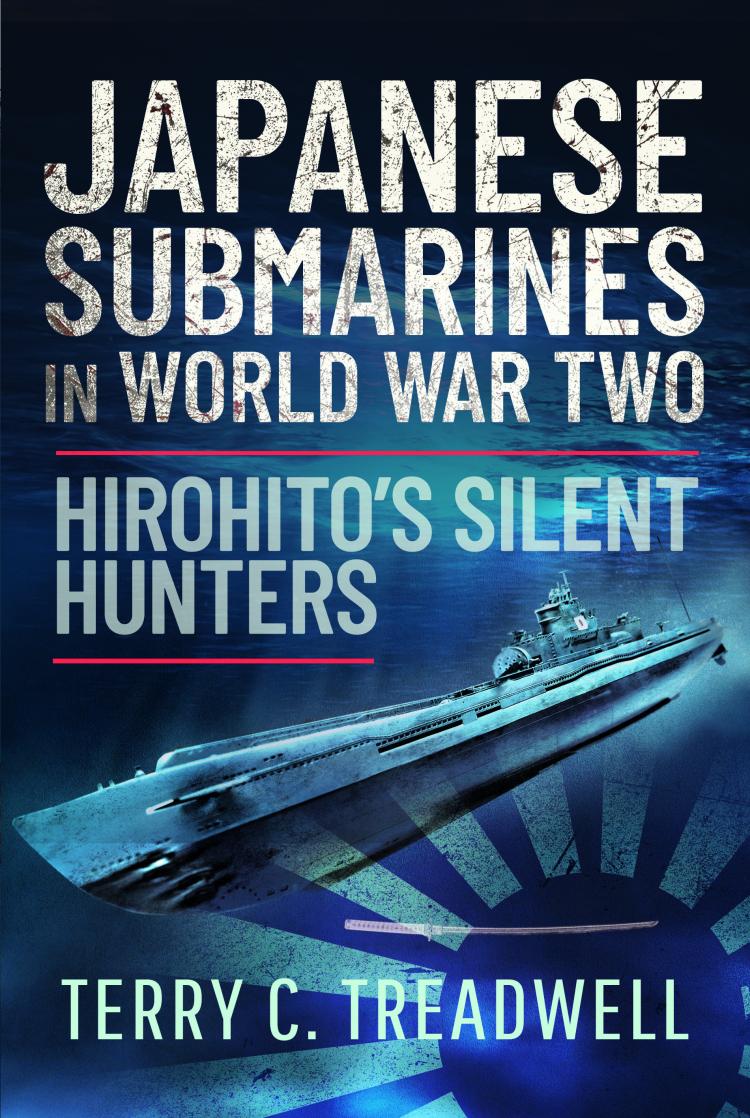Japanese Submarines in World War Two
Hirohito's Silent Hunters in Action
- Subject: Fall 2022 Catalog | World of Warships Booklist | Spring 2024 Catalog | World War II | Submarines | China and the Asia Pacific
- Format:
Hardcover
- Pages:
240pages
- Illustrations:
16 b/w photos
- Published:
June 30, 2025
- ISBN-10:
139909422X
- ISBN-13:
9781399094221
- Product Dimensions:
9.25 × 6.25 × 1 in
- Product Weight:
16 oz
Overview
The Imperial Japanese Navy developed the submarine faster than any other country in the world. But because of rivalries between the two military hierarchies, the Army and the Navy, they never utilized the submarine to its full extent. Nevertheless, during World War II, Japan deployed a number of unique submarines. These included the Type B1 which carried a Yokosuka E14Y1 reconnaissance seaplane in a watertight capsule attached to the deck of the submarine. One of these aircraft carried out two bomb attacks on a forest in Oregon by dropping six incendiary bombs, taking the war to the American mainland. The use of aircraft from submarines as scout planes proved not to be as successful as hoped, mainly because of the difficulty after launching the aircraft of it finding the submarine again in the vast Pacific and Indian Oceans.
The Japanese also developed the giant I-400 class of aircraft carrier submarines, that could launch three Seiran attack floatplanes. There were other notable actions involving IJN submarines. This included I-17 that attempted to shell, unsuccessfully, an oil refinery off the coast of Santa Barbara, causing a major panic along the West Coast of America. Also memorable are the midget submarines that attempted to attack Pearl Harbor, and the one-man human torpedo submarines (Kaiten). The submarine losses suffered by the Japanese Navy as the war progressed, when Allied, and in particular U.S. destroyers and aircraft hunted them down are all recorded in this comprehensive account of a fascinating element of the war at sea.
The Japanese also developed the giant I-400 class of aircraft carrier submarines, that could launch three Seiran attack floatplanes. There were other notable actions involving IJN submarines. This included I-17 that attempted to shell, unsuccessfully, an oil refinery off the coast of Santa Barbara, causing a major panic along the West Coast of America. Also memorable are the midget submarines that attempted to attack Pearl Harbor, and the one-man human torpedo submarines (Kaiten). The submarine losses suffered by the Japanese Navy as the war progressed, when Allied, and in particular U.S. destroyers and aircraft hunted them down are all recorded in this comprehensive account of a fascinating element of the war at sea.



